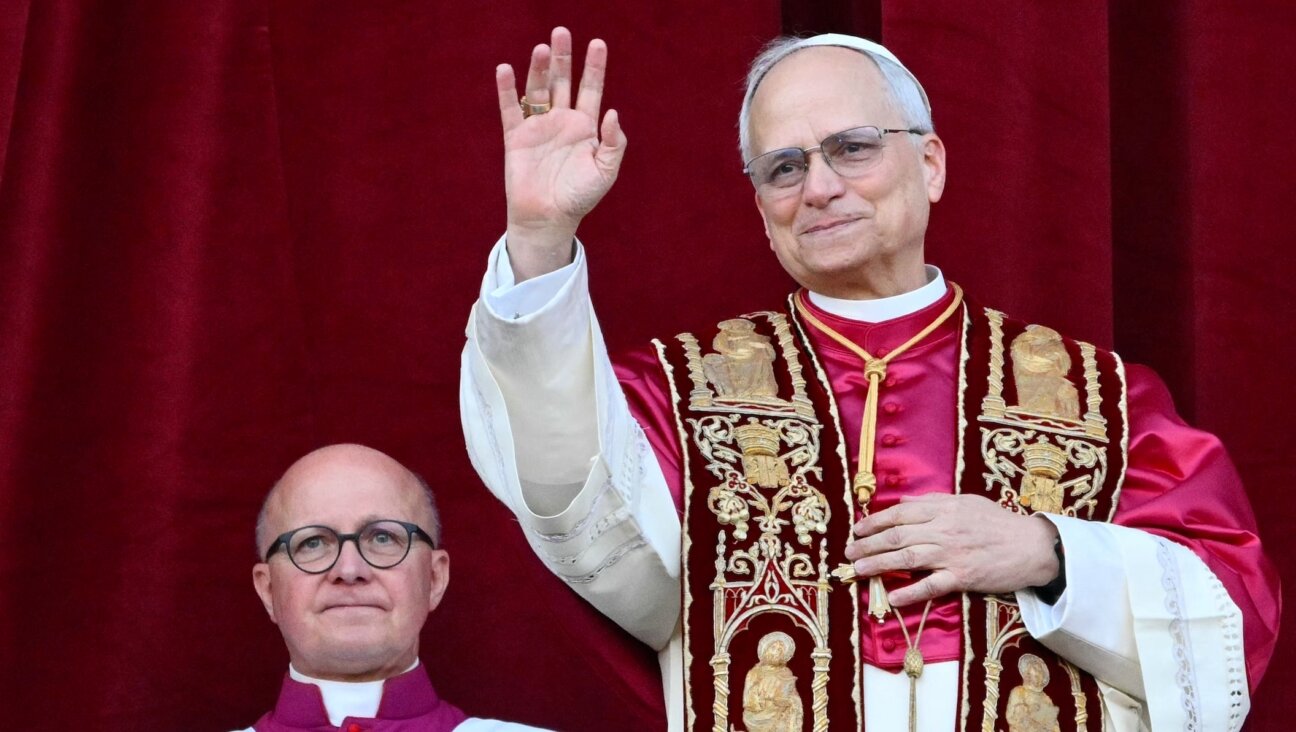Monument to Jewish Industrialist Emil Kolben Unveiled in Prague
A plaque honoring Jewish industrialist Emil Kolben was erected in the Czech capital.
Kolben, who died in the Holocaust, co-founded CKD, one of the most important industrial firms in the former Czechoslovakia.
The monument located in the heart of Prague’s Vysocany district where Emil Kolben’s machinery empire was based, was unveiled by his granddaughter-in-law, Andree Kolbenova, and the district’s mayor, Jan Jarolim.
“We are proud to commemorate Emil Kolben,” Jarolim said. “He played a prominent role in the formation of Czechoslovakia’s industry, and contributed to the country’s rapid development between the wars.”
Born into a poor Jewish family in Strancice, central Bohemia, Kolben graduated from Prague’s Technical University and relocated to the United States where he spent four years working for Thomas Edison’s General Electric Company.
He founded his first company after returning to Prague in 1896. Through a series of mergers some three decades later, he created CKD, a large industrial complex that evolved into the world’s largest manufacture of streetcars and survived until the 1990s.
In 1939, Kolben was transported to the Terezín concentration camp along with his wife, son and grandson. He died there within three weeks at the age of 80.
After the war, Czechoslovakia’s communist authorities played down Kolben’s legacy, labelling him a capitalist who exploited his workers. Today, a metro station and a street in Prague bear his name. Slovakia and the Czech Republic peacefully split in 1993.
The monument in Vysocany takes the form of life-size glass plates showing a photo of Kolben and several of his collaborators.
Emil Kolben’s granddaughter-in-law, Kolbenova, 87, told JTA she liked the monument.
“It’s very unusual, and I could not really picture it when they first told me about it,” Kolbenova said. “But now I’m really excited. It was a great idea and I just hope it does not get vandalized.”
The Forward is free to read, but it isn’t free to produce

I hope you appreciated this article. Before you go, I’d like to ask you to please support the Forward.
Now more than ever, American Jews need independent news they can trust, with reporting driven by truth, not ideology. We serve you, not any ideological agenda.
At a time when other newsrooms are closing or cutting back, the Forward has removed its paywall and invested additional resources to report on the ground from Israel and around the U.S. on the impact of the war, rising antisemitism and polarized discourse.
This is a great time to support independent Jewish journalism you rely on. Make a gift today!
— Rachel Fishman Feddersen, Publisher and CEO
Support our mission to tell the Jewish story fully and fairly.
Most Popular
- 1

Culture Cardinals are Catholic, not Jewish — so why do they all wear yarmulkes?
- 2

Fast Forward Ye debuts ‘Heil Hitler’ music video that includes a sample of a Hitler speech
- 3

News School Israel trip turns ‘terrifying’ for LA students attacked by Israeli teens
- 4

Fast Forward Student suspended for ‘F— the Jews’ video defends himself on antisemitic podcast
In Case You Missed It
-
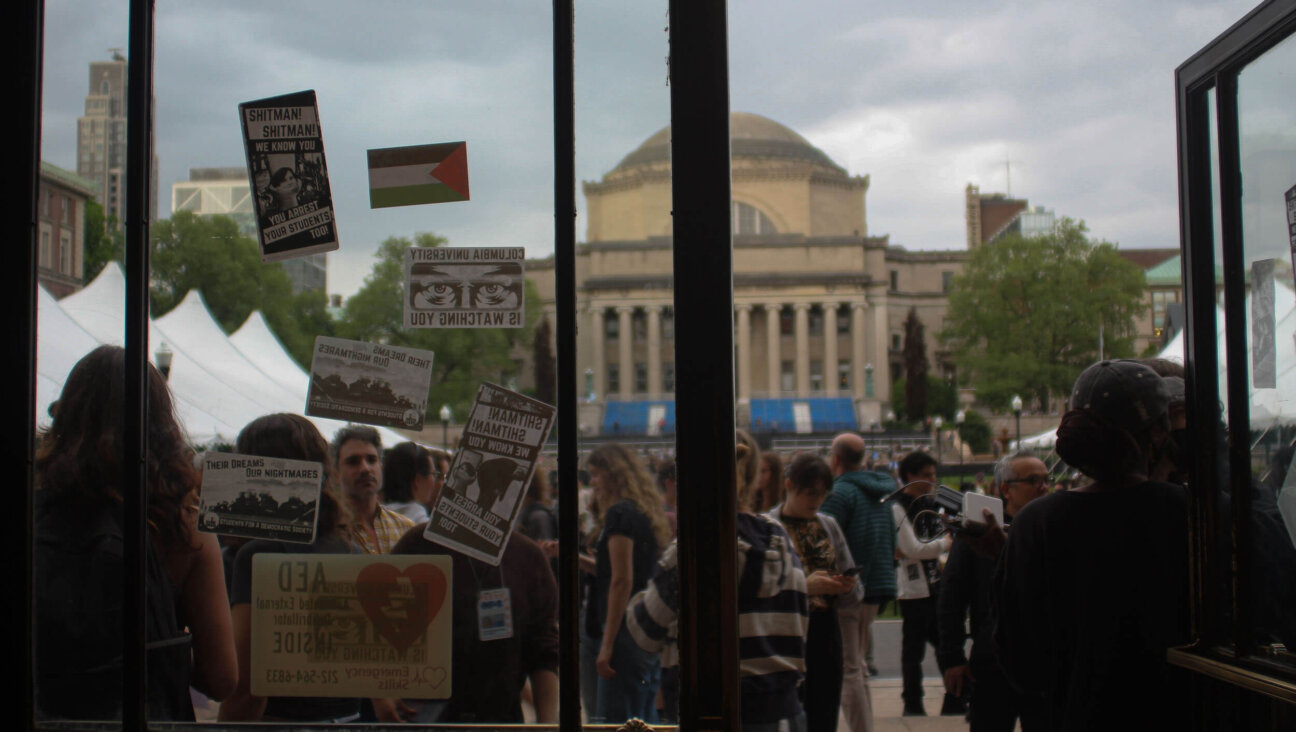
Opinion This week proved it: Trump’s approach to antisemitism at Columbia is horribly ineffective
-
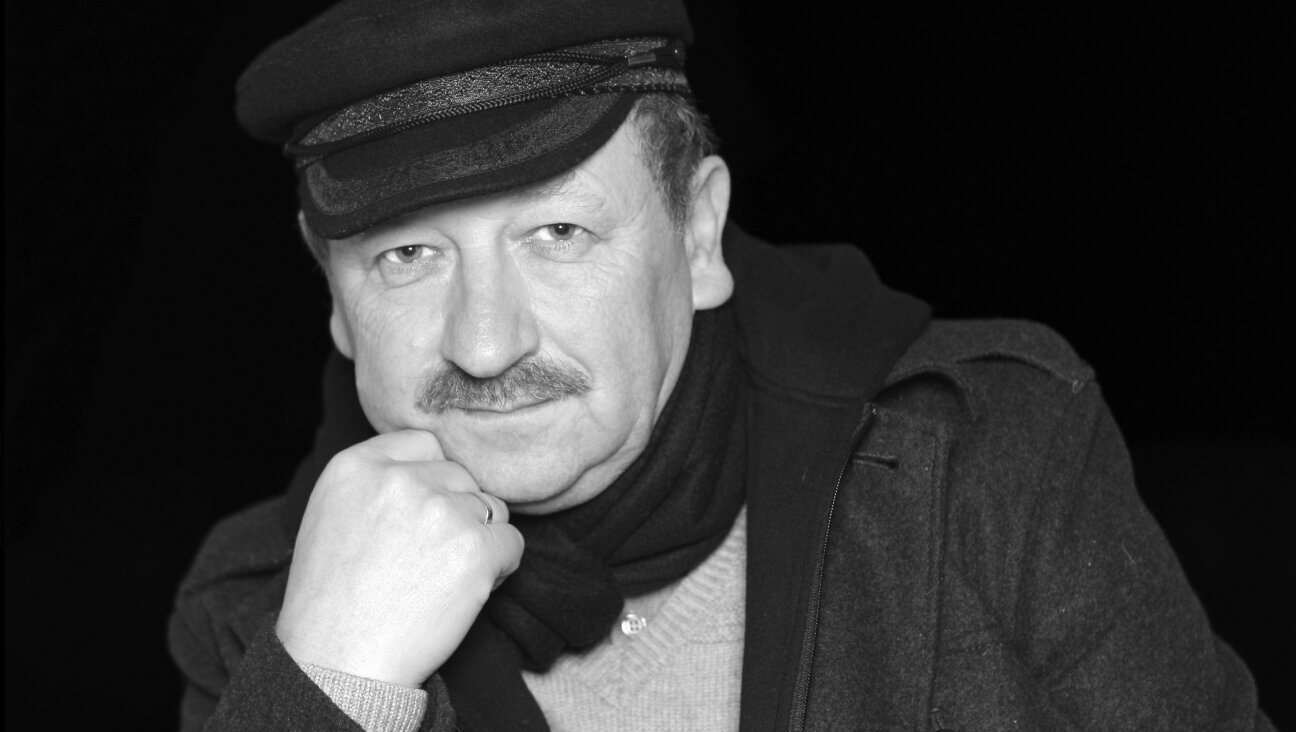
Yiddish קאָנצערט לכּבֿוד דעם ייִדישן שרײַבער און רעדאַקטאָר באָריס סאַנדלערConcert honoring Yiddish writer and editor Boris Sandler
דער בעל־שׂימחה האָט יאָרן לאַנג געדינט ווי דער רעדאַקטאָר פֿונעם ייִדישן פֿאָרווערטס.
-
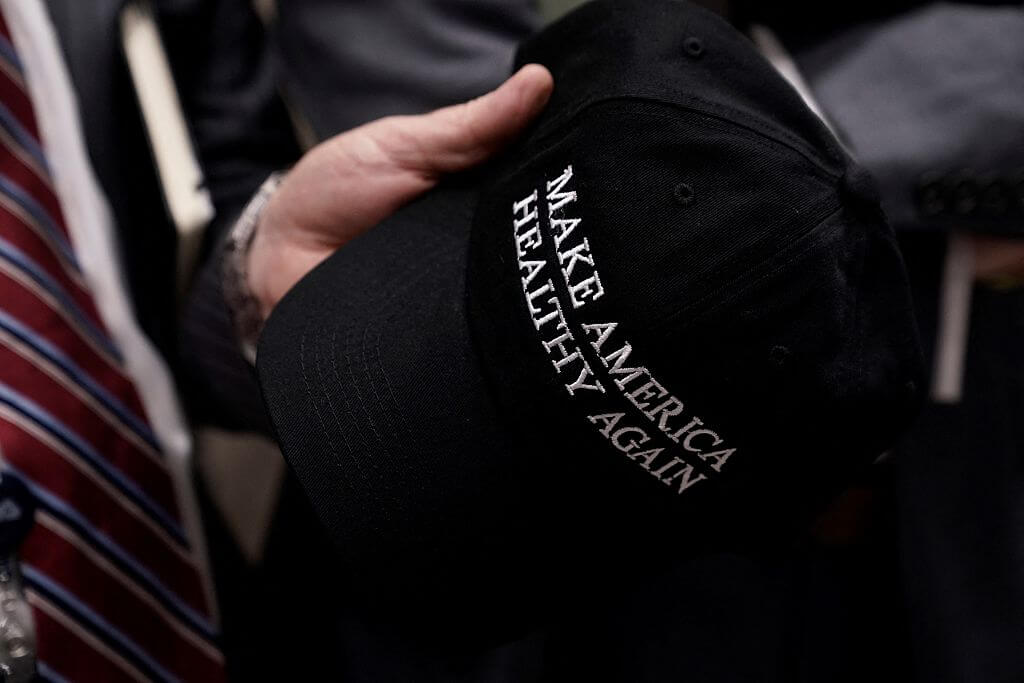
Fast Forward Trump’s new pick for surgeon general blames the Nazis for pesticides on our food
-
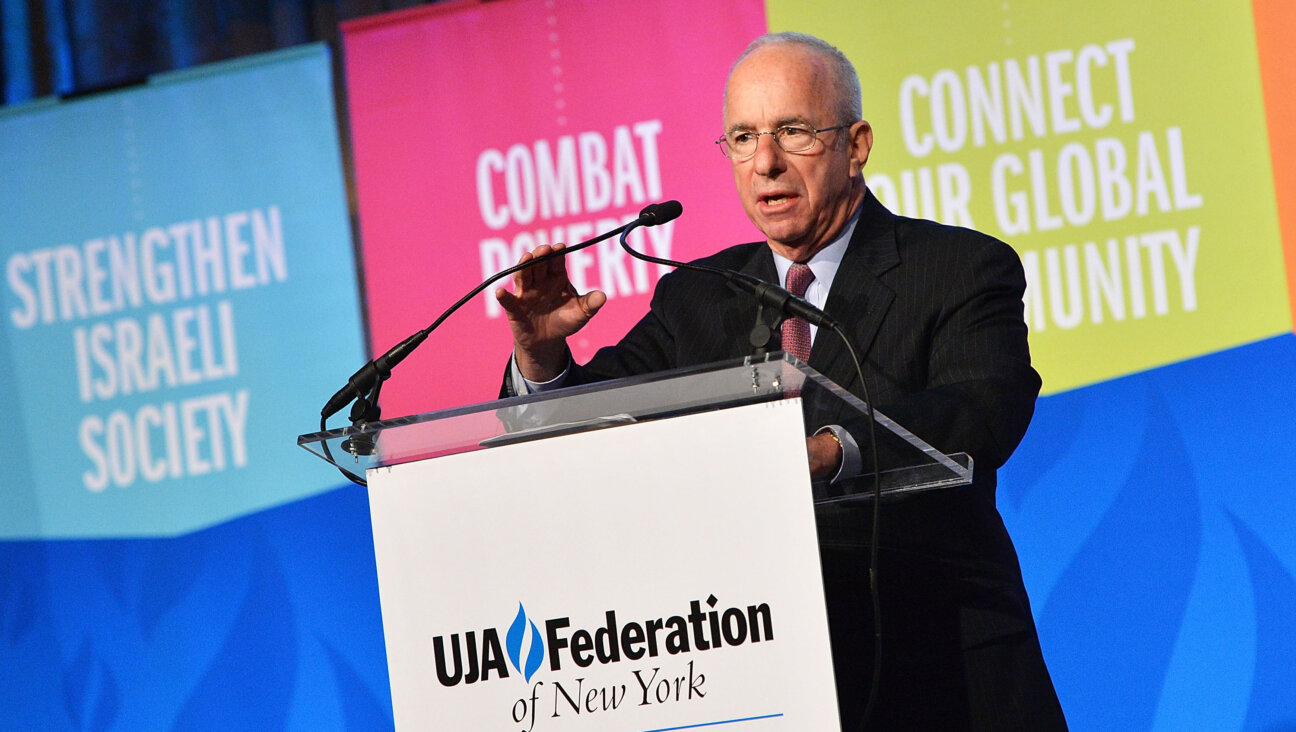
Fast Forward Jewish feud over Trump escalates with open letter in The New York Times
-
Shop the Forward Store
100% of profits support our journalism
Republish This Story
Please read before republishing
We’re happy to make this story available to republish for free, unless it originated with JTA, Haaretz or another publication (as indicated on the article) and as long as you follow our guidelines.
You must comply with the following:
- Credit the Forward
- Retain our pixel
- Preserve our canonical link in Google search
- Add a noindex tag in Google search
See our full guidelines for more information, and this guide for detail about canonical URLs.
To republish, copy the HTML by clicking on the yellow button to the right; it includes our tracking pixel, all paragraph styles and hyperlinks, the author byline and credit to the Forward. It does not include images; to avoid copyright violations, you must add them manually, following our guidelines. Please email us at [email protected], subject line “republish,” with any questions or to let us know what stories you’re picking up.







